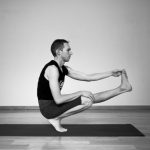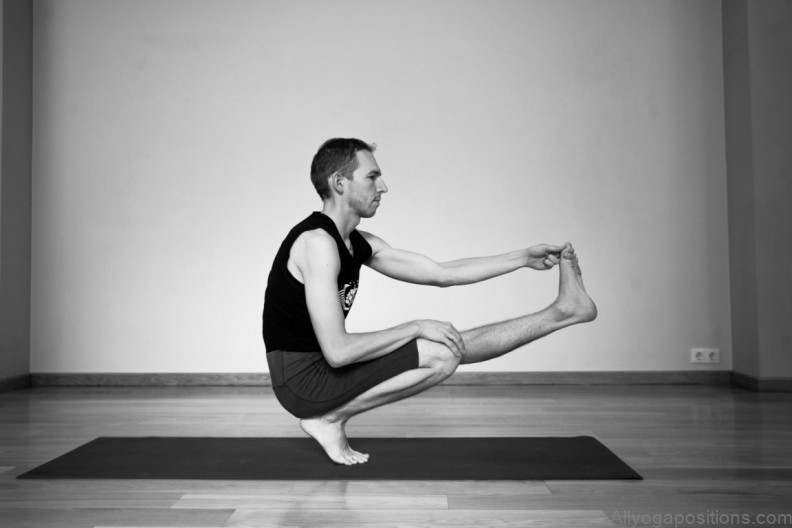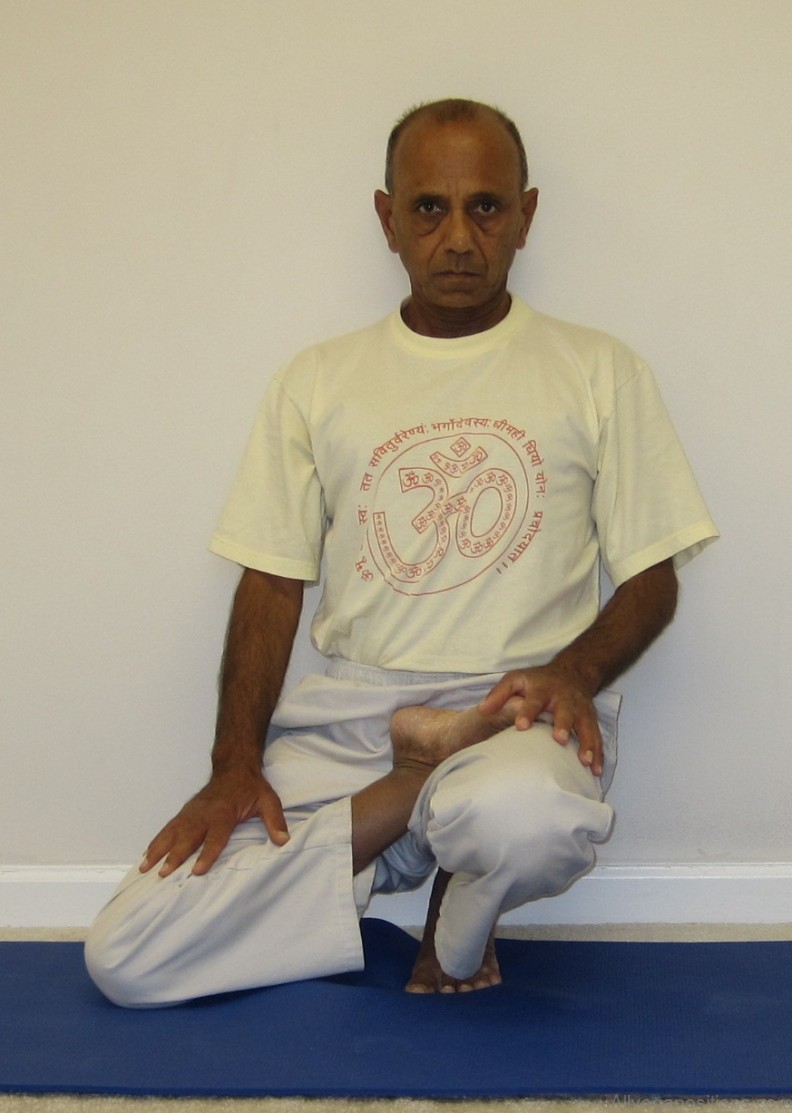Introduction:
Yoga is a powerful tool for improving physical and mental health. It provides a holistic approach to wellness, combining mindful movement, breathing techniques, and meditation to promote balance, strength, and flexibility. One of the most fundamental poses in yoga is Padangushthasana, also known as the Big Toe Pose. This pose is perfect for beginners and seasoned yogis alike and offers a range of benefits for the body and mind. In this blog post, we’ll explore the benefits of Padangushthasana, how to perform it, and tips to deepen your practice.
Benefits of Padangushthasana:
- Stretches the Hamstrings: Padangushthasana is an excellent pose for stretching the hamstrings, which are the muscles located at the back of the thigh. Tight hamstrings can lead to lower back pain, so this pose can help to alleviate discomfort and improve posture.
- Improves Balance: Standing on one foot can be challenging, but Padangushthasana can help to improve your balance and stability. This pose strengthens the muscles in the foot and ankle, which can prevent falls and injuries.
- Enhances Flexibility: Stretching the hamstrings and calves can improve overall flexibility, making it easier to perform other yoga poses and everyday activities. Padangushthasana can also improve the range of motion in the hips and lower back.
- Calms the Mind: Practicing yoga can help to reduce stress and anxiety, and Padangushthasana is no exception. This pose encourages deep breathing, which can slow down the heart rate and activate the parasympathetic nervous system, promoting relaxation and calmness.
A Complete Guide to Padangushthasana Yoga Pose: Benefits and How-to Photo Gallery
How to Perform Padangushthasana:
Step 1: Stand at the top of your yoga mat with your feet hip-width apart and your arms at your sides. Inhale deeply, and as you exhale, shift your weight onto your left foot.
Step 2: Bend your right knee and reach down to grasp your big toe with your right thumb, index, and middle fingers. If you can’t reach your toes, use a strap or hold onto your shin instead.
Step 3: Straighten your right leg and press your heel forward, keeping your foot flexed. If you can, bring your right leg up to hip height, keeping it straight.
Step 4: Hold this pose for 5-10 deep breaths, then release the pose and repeat on the other side.
Tips to Deepen Your Practice:
- Warm-Up: Before attempting Padangushthasana, it’s essential to warm up your body. A few rounds of Sun Salutations or gentle stretching can help to prepare your muscles and prevent injury.
- Use a Prop: If you can’t reach your toes or hold onto your shin, use a yoga strap or a towel to help you stretch. This will allow you to focus on your alignment and avoid straining your muscles.
- Engage Your Core: To improve your balance, engage your core muscles by drawing your navel towards your spine. This will help to stabilize your body and prevent wobbling.
- Practice Regularly: Like any other yoga pose, Padangushthasana takes time and practice to master. Incorporate this pose into your regular yoga practice to improve your flexibility, balance, and posture.
Conclusion:
Padangushthasana is a simple yet effective yoga pose that offers a range of benefits for the mind and body. This pose can improve flexibility, balance, posture, and reduce stress and anxiety. By following the steps outlined in this guide and incorporating it into your regular yoga practice, you can deepen your understanding of this pose and experience its many benefits.
Remember to warm up before attempting Padangushthasana, use a prop if needed, engage your core muscles, and practice regularly to improve your practice over time. With patience and dedication, you can unlock the full potential of this pose and enhance your overall health and wellness.
So, go ahead and give Padangushthasana a try in your next yoga session, and feel the difference it can make in your mind and body. Namaste.
Table of Contents
Maybe You Like Them Too
- Mastering Virabhadrasana A: The Warrior Pose of Empowerment
- Embracing the Essence of Wide Legged Forward Bend: A Deep Dive
- Unlocking the Power of Prasarita Padottanasana: The Wide-Legged Forward Bend
- The Power and Elegance of the Wide Legged Forward Bend II Yoga Pose
- Mastering the Warrior II Pose: A Deep Dive into Its Benefits and Techniques






